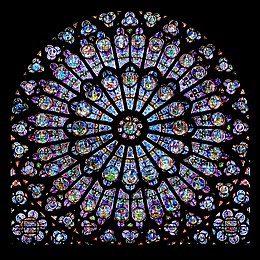Beauty
**Concept of Beauty**:
– Beauty is a central subject in aesthetics, contrasting with ugliness.
– Objectivism views beauty as a universal correctness, while subjectivism denies its mind-independent existence.
– Classical conceptions define beauty through proportion and harmony, while hedonist conceptions link it to pleasure and disinterested enjoyment.
– Beauty is discussed in relation to both concrete and abstract objects, with adherent beauty depending on an object’s function or concept, and free beauty being independent of function.
**Beauty in Art and Nature**:
– Beauty plays a significant role in both art and nature.
– Immanuel Kant distinguishes between adherent and free beauty, with adherent beauty being tied to an object’s function or concept and free beauty standing independently.
– Beauty can be found in various forms such as landscapes, paintings, and humans.
**Judgments and Training**:
– The ability to perceive beauty, known as the sense of taste, can be trained.
– Expert judgments on beauty tend to align in the long run.
– Ideal-observer theories combine response-dependence theories with expert judgments, aiming for unanimity among experts.
**Historical Perspectives on Beauty**:
– The Italian Renaissance emphasized the beauty of the human body through proportion and symmetry.
– The search for laws of beauty, like the golden ratio, has been inconclusive.
– The Art for Art’s Sake movement in the 19th century promoted aestheticism, valuing beauty independently of moral or utilitarian value.
**Evolutionary and Cultural Influences on Beauty**:
– Evolutionary perspectives suggest a biological basis for attractiveness, with traits like symmetry and averageness often associated with beauty.
– Beauty standards vary across cultures and time periods, influenced by media and cultural practices like body modifications.
– Globalization leads to a blending of beauty standards from different cultures.
Beauty is commonly described as a feature of objects that makes them pleasurable to perceive. Such objects include landscapes, sunsets, humans and works of art. Beauty, art and taste are the main subjects of aesthetics, one of the major branches of philosophy. As a positive aesthetic value, it is contrasted with ugliness as its negative counterpart.

One difficulty in understanding beauty is that it has both objective and subjective aspects: it is seen as a property of things but also as depending on the emotional response of observers. Because of its subjective side, beauty is said to be "in the eye of the beholder". It has been argued that the ability on the side of the subject needed to perceive and judge beauty, sometimes referred to as the "sense of taste", can be trained and that the verdicts of experts coincide in the long run. This suggests the standards of validity of judgments of beauty are intersubjective, i.e. dependent on a group of judges, rather than fully subjective or objective.
Conceptions of beauty aim to capture what is essential to all beautiful things. Classical conceptions define beauty in terms of the relation between the beautiful object as a whole and its parts: the parts should stand in the right proportion to each other and thus compose an integrated harmonious whole. Hedonist conceptions see a necessary connection between pleasure and beauty, e.g. that for an object to be beautiful is for it to cause disinterested pleasure. Other conceptions include defining beautiful objects in terms of their value, of a loving attitude toward them or of their function.
